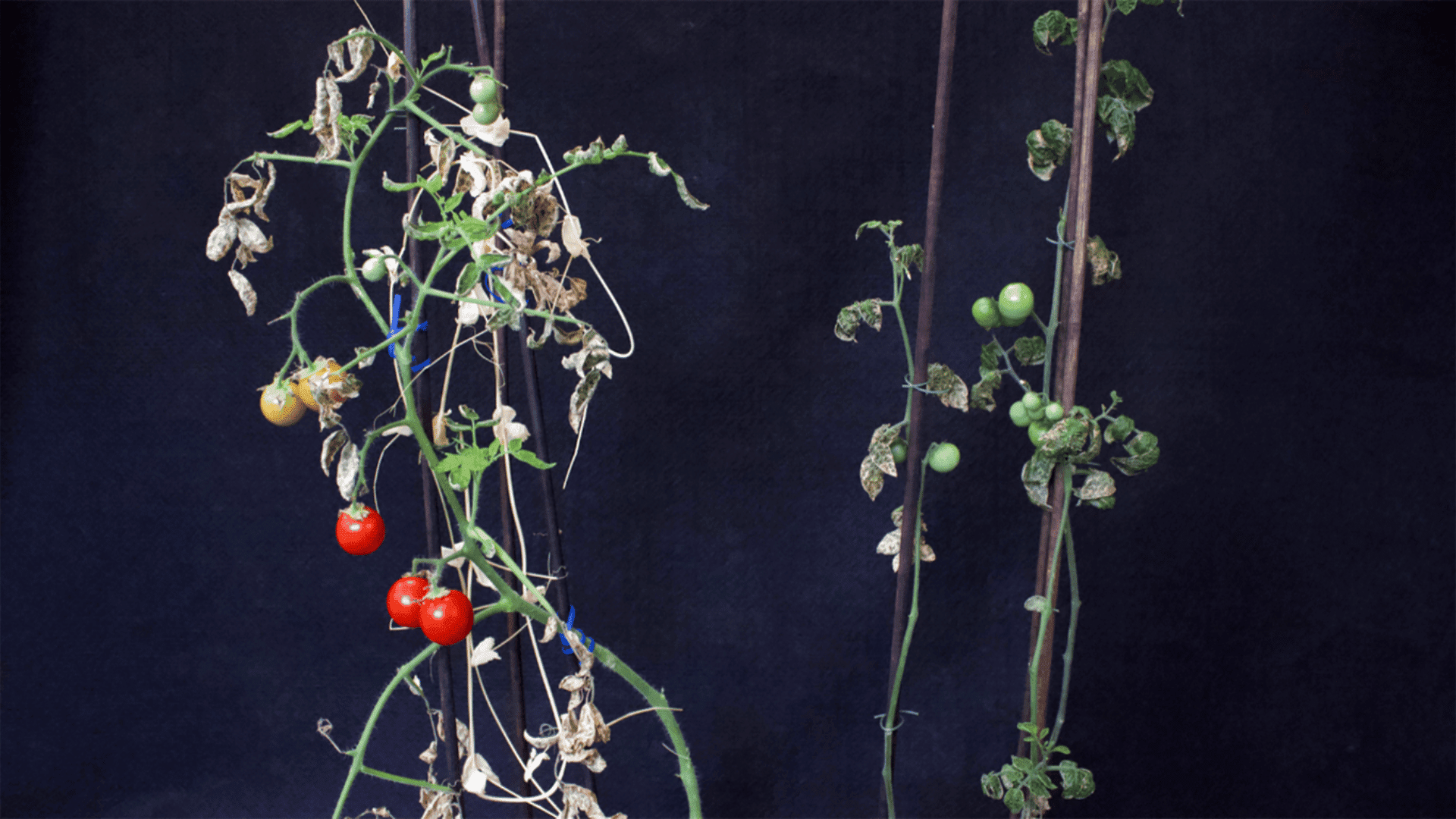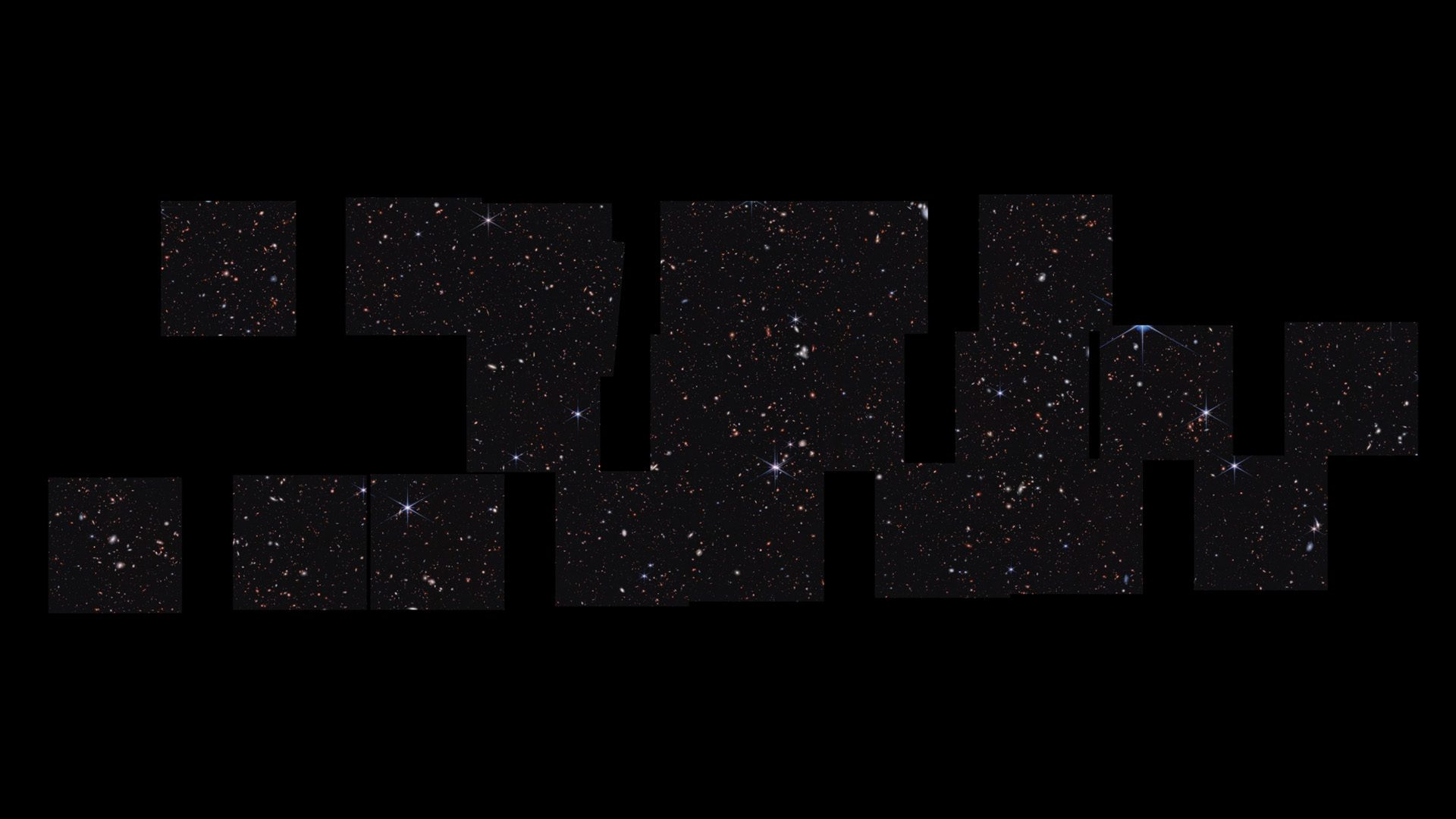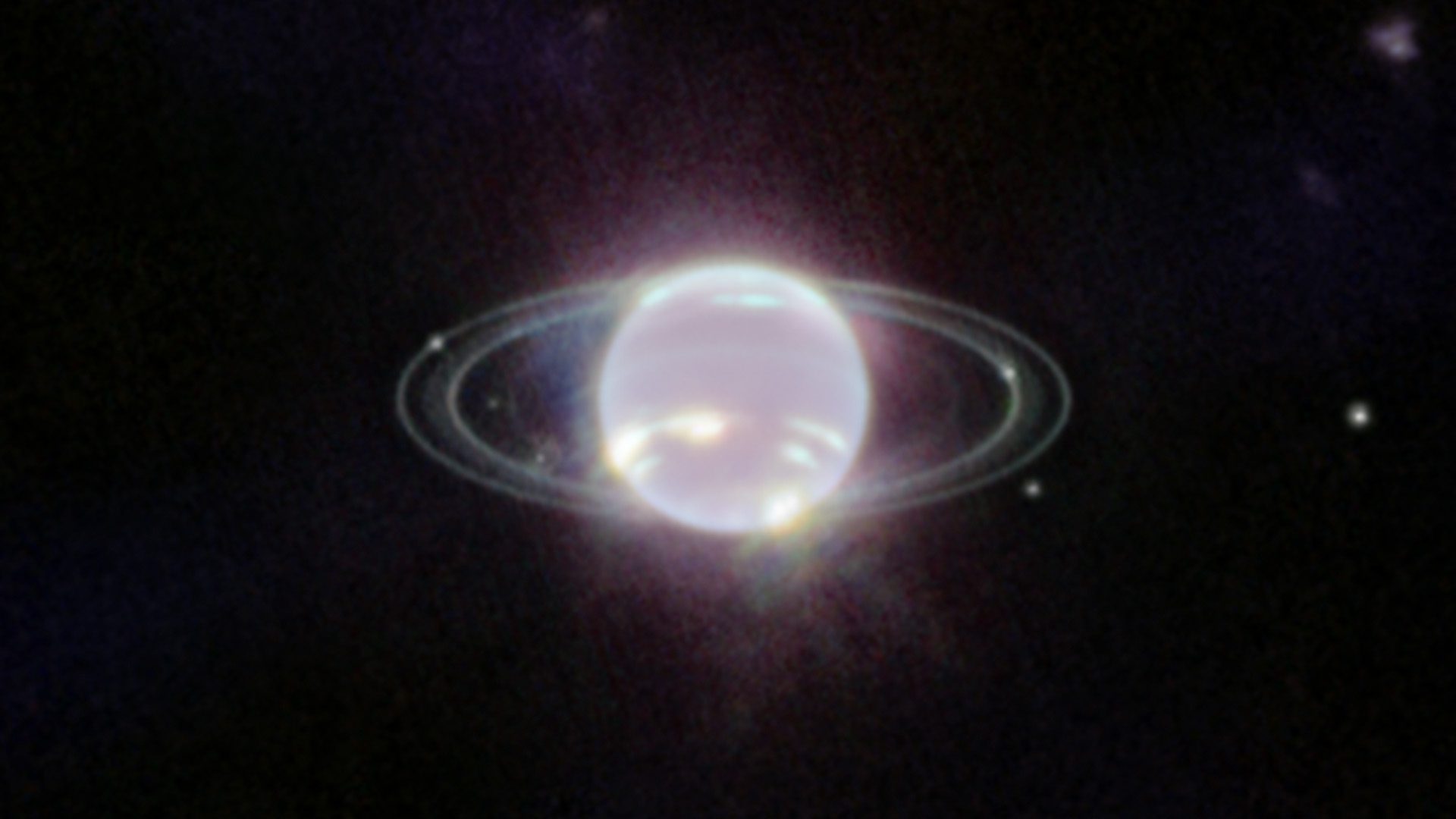To aid future Mars missions, scientists are exploring what types of crops and planting methods have the potential to boost yields. Some recent experiments suggest an ancient farm practice could increase yields under certain Martian conditions.

Scientists are attempting to discover how to best grow nutritious food on Mars, as it’s essential for human’s ability to survive for long periods of time.
Mars’ atmosphere is about 100 times thinner than Earth’s and is mostly composed of nitrogen, carbon dioxide, and argon gasses. This means that the best way to grow plants on Mars will be to set up greenhouses that simulate an Earth-like atmosphere with the right mixture of nitrogen, oxygen, and carbon dioxide.
“The best ‘Martian environment’ is simply a greenhouse with controlled conditions including temperature, humidity, and gasses,” Rebeca Gonçalves, a study co-author and astrobiologist at Wageningen University & Research in The Netherlands, tells PopSci.
Gonçalves and the team used greenhouses at the university to simulate a growing environment on Mars. They tested how crops would grow in a simulated version of Martian regolith or the planet’s loose rocky material.
The experiments were conducted using carrot, tomato, and pea plants. These plants were selected because they have a high nutritional content, and a 2014 study has proven that they could grow successfully in Martian regolith.
Rather than searching for answers about the ability of certain plants to grow in the soil, the team wondered how to successfully use companion plants or intercropping, an ancient planting technique of growing two or more plants in close proximity, to boost crop yields.
“They were chosen for their nutritional content, being high in antioxidants, vitamin C, and beta carotene,” says Gonçalves. “This is important because these nutrients are all completely lost in the process of food dehydration, which is the main process we use to send food to space missions. Therefore, the production of fresh food containing these nutrients is a must in a Martian colony.”
Explore Tomorrow's World from your inbox
Get the latest science, technology, and sustainability content delivered to your inbox.
I understand that by providing my email address, I agree to receive emails from Tomorrow's World Today. I understand that I may opt out of receiving such communications at any time.
These crops are also companion species that share complementary traits. Peas, for example, are considered a main contributor to the intercropping system because they are legumes that can “fix” nitrogen.
In nitrogen-fixing, some plants and bacteria can turn nitrogen from the air into a form of ammonia that plants can use for nutrition. This benefits other plants and diminishes the need to add fertilizers to the plant system.
“Carrots were used to help aerate the soil, which can improve water and nutrient uptake by the companion plants, and tomatoes were used to provide shade for the temperature-sensitive carrot and to give climbing support for the peas,” says Gonçalves.
The three species produced just over half a pound of produce with only a minimum of nutrients added. The tomatoes grew better when they were alongside the peas and carrots in an intercropping setup, as they had higher biomass and more potassium when grown this way.
Intercropping did, however, appear to decrease the yields for carrots and peas which appeared to fare better alone. The team hopes that, through future experiments, they could modify how the simulated Martian regolith is treated to help the carrots and peas yield similarly big harvests.







